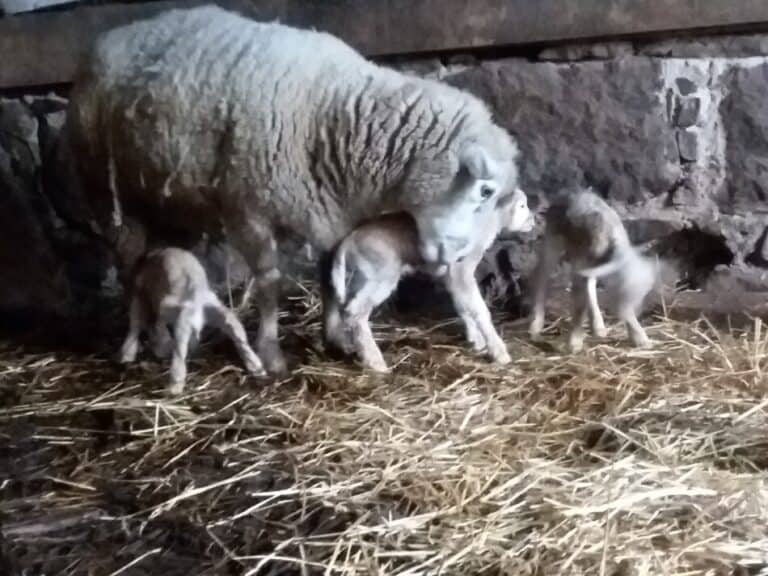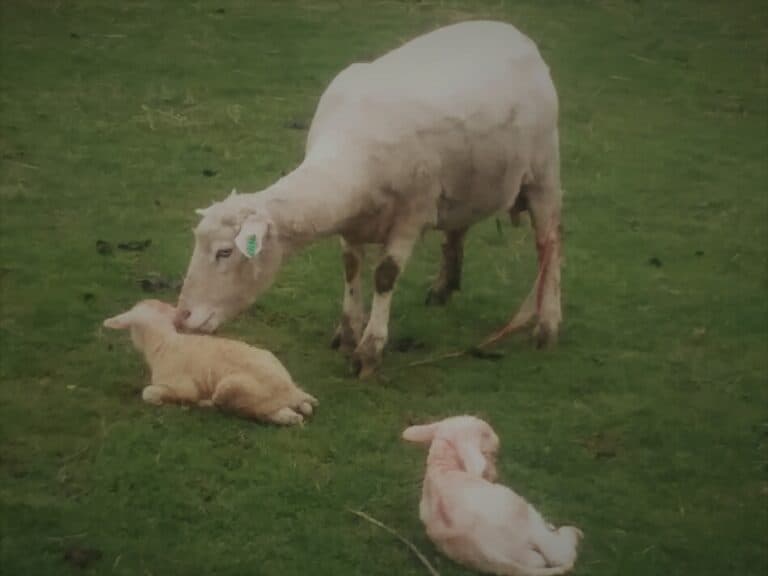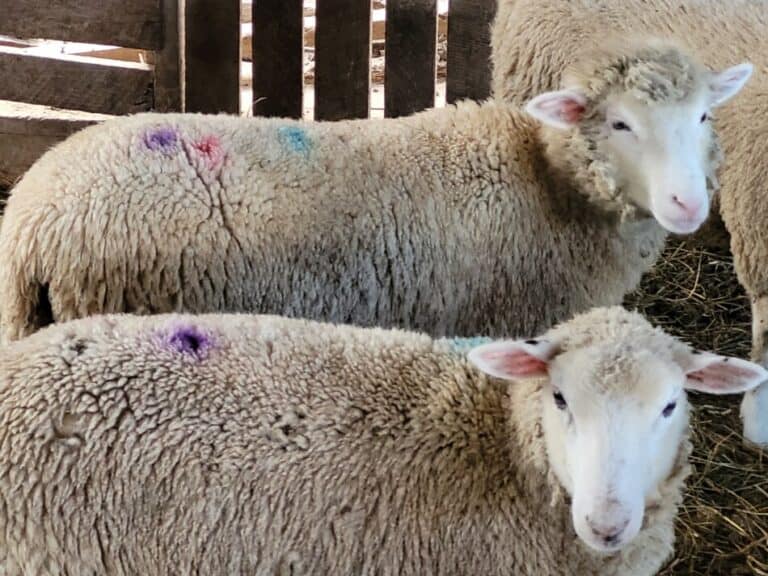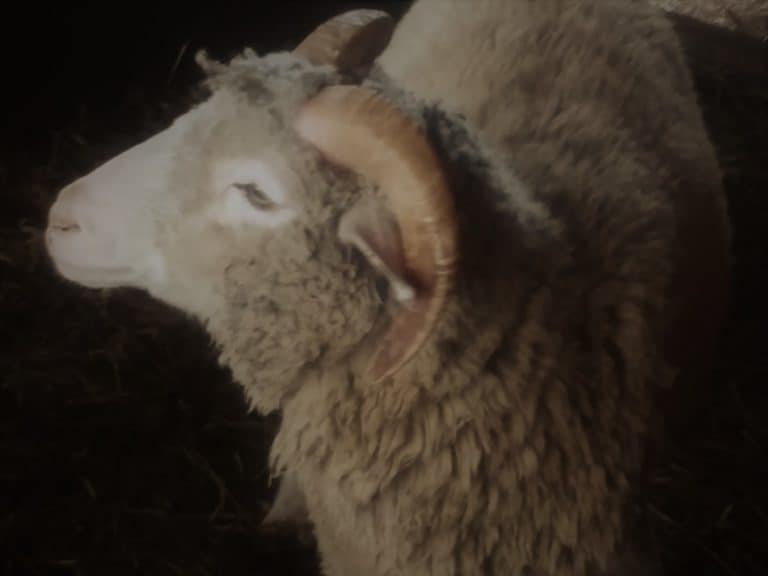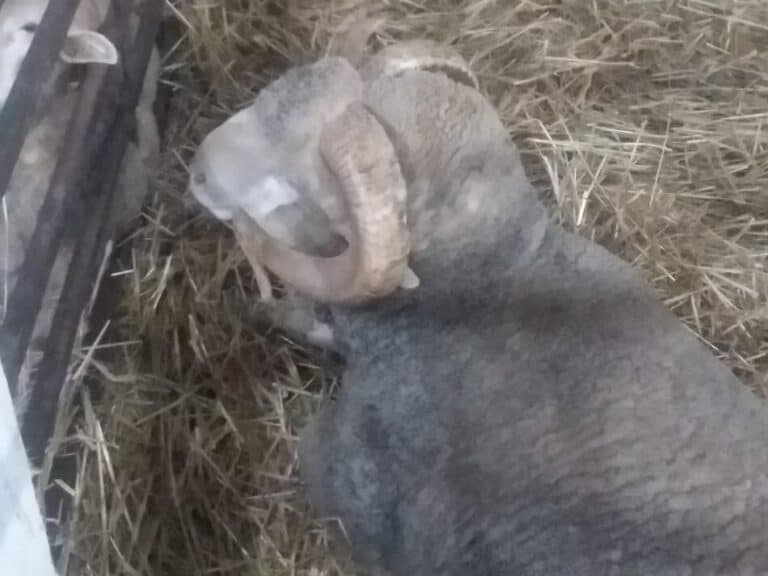How To Find The Right Sheep Breed For You
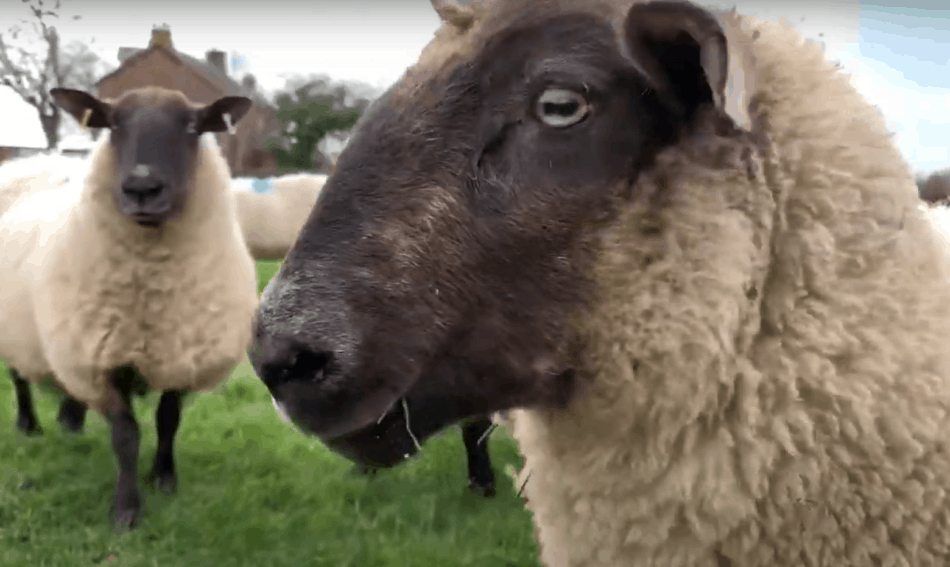
Finding the right sheep breed for you and your farm is incredibly important.
Do you get what the neighbors have or should you get something unusual? There is a lot of information online, where do you start?
The right sheep breed for you fits your main purpose for your flock, requires only the management activities that you are willing to do and has been selected and managed by the breeder to fit your region, including your specific area, and your planned management style.
The title here is a bit misleading, the real place to start is are you really looking specifically for sheep?
Or are you looking to join a club, get something to eat down your pastures for the summer, or have something that practically raises itself?
That last one is a test, no animal “raises itself”. If no care livestock is what you need, get a ceramic yard ornament. I know that sounds a bit harsh, but, please think about it. If you love spending time with sheep, super! If not, rethink!
Pros And Cons Of Raising Sheep goes over the good and the not so good that come with your flock.
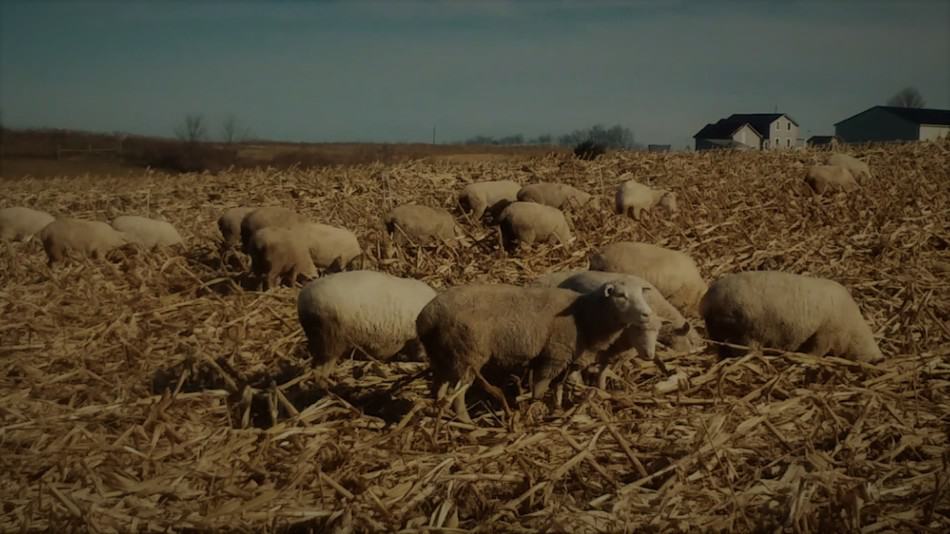
Do you really want sheep?
First off, do you want sheep, really want sheep? Or do they just look easy, are cute, are what my neighbor has…. None of these are great reasons.
If you don’t have a deeper reason that ones like these, don’t get sheep (or any livestock, for that matter).
You are signing on to be responsible, gladly responsible for the care and well being of these animals for years to come. If that’s not sounding wonderful to you, stop now.
Your animals are counting on you everyday of the year. Be sure you are ready.
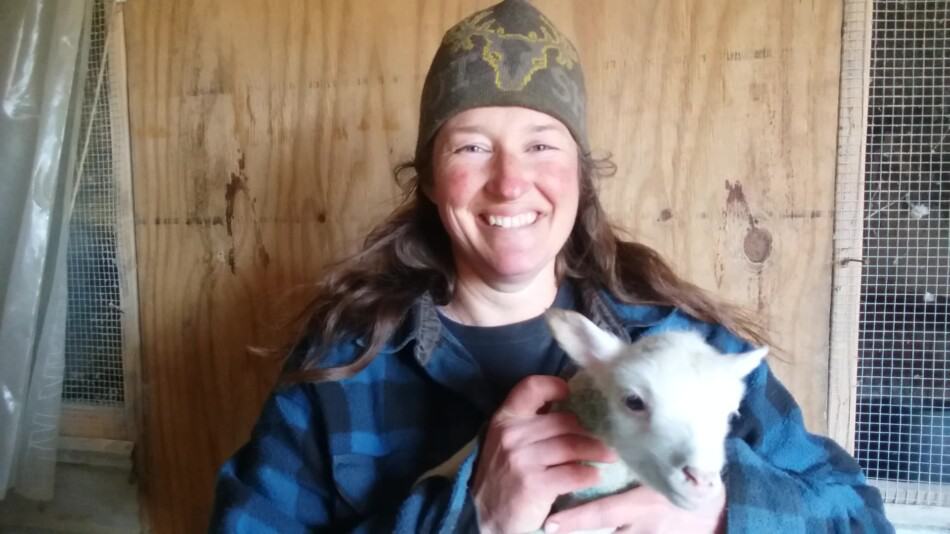
Factors to consider before choosing your sheep
This is a huge deal, if you get nothing else out of reading this article please remember and apply the next sentence.
The suitability of your sheep to your farm and planned management style is a make you or break you decision.
So many well meaning people start with breed. Please, don’t!
Choosing breed first puts you on the road to disappointment and added difficulty, at best, heartache, at worst.
Start with where you plan to keep the sheep and the natural attributes and challenges of the area.
All areas have good points that will make raising sheep in your area easier and more challenging aspects that you will have to figure out before you get your sheep.
List out these individual farm factors, this is key!
Some factors to consider: climate, parasite situation, pasture conditions, your time, predators, distance to markets and your farm set up.
A commonly overlooked opportunity for getting information is to look and ask around.
What are the people in your area raising and how are they raising them? No need to reinvent the wheel here. Use other people’s experience to help you get a better start.
What is the main purpose of the sheep?
Since the first few questions havn’t scared you off, now let’s dig deeper into sheep and sheep breeds.
Your flock will have one main purpose. Just one.
Your sheep can do many things for you: provide meat, mow the pasture, bring in a bit of extra income, give the kids a project for the fair and so on.
However, you must decide the main purpose of the flock before you can go any further.
Keep in mind that there is no right or wrong answer here, but there are answers that will be easier or harder to put into place and make profitable (if that is your goal) than others.

The best sheep for you and your farm
Your job is to match the breed of sheep to the conditions and management situation that you have at your home farm.
The closer the match, the better the sheep will perform for you and the happier you will be as a shepherd.
A poor or unsuitable pairing between the sheep you choose and your farm situation will result in higher costs to raise the sheep, if you can make them perform at your place at all.
If your mind is made up on breed
This is a biggie for anyone who wants ….(fill in with a specific breed)…no matter what.
You are choosing the sheep that will come to your farm and live in the situation you have, they are not choosing you.
This means you need to be the one to make sure you have sheep that will do well for you in your situation. Choose wisely.
An example of a breed and situation mismatch
If your heart is set on Icelandic Sheep (as an example) and nothing else will do, that is fine, as long as the sheep will be able to handle your area.
Just realize that they are suited for a certain climate and will not do well in a hot area (read: die from the heat).
In this case, choose another breed of sheep or don’t get any, this mismatch between what the sheep need and what you have is too great, the sheep will suffer.
Another (less extreme) example
If you live in an area with very poor pastures and you want to raise Suffolks (a popular meat breed famous for fast growers, needs good feed) then you’ll have to supplement them with some grain and hay to maintain the growth of the lambs and the condition of the ewes. No problem, that’s doable.
While this is a mismatch, it is one that can be overcome with management, if you are willing to provide what the sheep need.
If you aren’t willing to feed the Suffolks more feed to keep up with their needs, then you need to get a sheep breed more suited to your area or not raise sheep.
Three basic sheep breed groups
To make things a bit more simple, I have kept the main categories down to three.
If you have looked into sheep breeds before, you may have guessed that for some breeds these categories are not easy to decide, since they are a bit of both.
Since all sheep end up as meat and all breeding flock ewes will hopefully be a mom each year, the first two groupings, meat and maternal, overlap to some extent in all sheep.
The deciding factor for me is to determine the main purpose of the breed and that will determine the category placement.
I also purposely kept the breeds listed in each group low. Since you are looking for a general direction to take your flock, a few representative breeds for each section will give you the basics to get started.
If you want more breed choices, look online, you’ll find plenty!
Note: The following are generalizations about breeds. You will find exceptions to every one of these “rules” if you look hard enough.
Meaning you could find a breeder will a meat sheep flock consistently producing a high lambing percentage (yes!), or a meat sheep flock with thinner, lanky bodied sheep (yikes!).
Once you find the general direction you want to go with your sheep operation, based on your farm, your needs and the market in your area, and decide upon a breed, now you dig deeper into the individual breed you picked.
Not all Dorset flocks, as an example, are the same. They can vary quite a bit in build and performance, just like individuals and flocks vary within any other breed.
Research into the breed and the farm flock is mandatory for success!
Meat sheep are have meatier lambs
- Produce meaty carcasses on market lambs
- Have a thicker build/body structure
- Fast growing lambs
- Less self sufficient
- Lower overall lambing percentages
- Rams used on maternal flocks to produce meatier lambs
Meat sheep are sheep that are know for their ability to produce a well grown carcass on market lambs.
Generally, these are thicker built sheep that have a lower lambing percentage overall than maternal breed sheep.
Here are some breeds to get you started looking:
- Suffolk
- Hampshire
- Dorset
- Texel
- Cheviot
- Crosses of any of these breeds
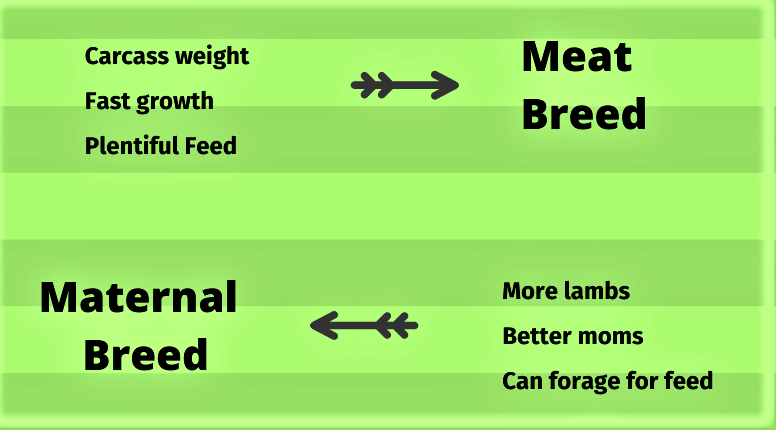
Maternal (wool) sheep are better moms
- Known for mothering ability
- Higher lambing percentages overall
- Slower growing
- Less need for supplemental feeds
- Less meaty carcass on lambs
The maternal breeds are sheep breeds that excel in their ability to produce and take care of lambs.
The are also the breeds chosen for the huge flocks in areas with more harsh (no barn time or supplemental feed) conditions, like raising sheep on the ranges in the western U.S. or the sheep stations of Australia.
Here is a start on maternal breed sheep:
- Polypay
- Rambouillet
- Corriedale
- Crosses of any of these breeds
Hair sheep are becoming popular
- Can be meaty or maternal
- Generally known for parasite resistance
Hair sheep are a difficult group to put in a category, so I gave them their own, admittedly based on looks alone.
Really, all hair sheep can go into one of the above categories.
Here are a few hair sheep breeds:
- Katahdin
- Dorper
- St. Croix
- Crosses of any of these breeds
At least in our area, Ohio, hair sheep are becoming very popular.
People new to sheep read the claims of parasite resistance combined with no shearing and say “that’s the breed for me.”
I have to admit, I would look hard at hair sheep if I was not married to a guy who likes to shear!
We don’t have any experience with hair sheep, ourselves.
All I can tell you is that right now hair sheep market lambs seem to be bringing a bit less money at the auction than wool breed market lambs.
What I have noticed regarding hair sheep, is that some shepherds are not giving them the care they need.
I think easy care is being confused with no care (no care sheep is a fallacy.)
Sheep 101 has a nice overview of nearly any breed of sheep you can think of, click around, it’s a great site with tons of useful information geared toward beginners.
Evaluating your chosen breed of sheep
- Healthy overall
- Good body condition
- Clear eyes and nose
- Alert to your presence
- Aggressive eaters
- No physical problems including sickness and/or limping
Questions to ask before you buy
- How long has the breeder had sheep
- What makes these sheep special to the breeder
- What is the management of the flock
- What is the lambing percentage
- How long does it take for the lambs to get to market size
- How much assistance is required at lambing
- What is the average culling age
- What are the common culling reasons
These are my suggestions to get an idea of what it takes to run the flock to get the results you are seeing when you visit the farm.
There is no one best answer to these questions, and no breed “has it all” (no matter what the breed associations will tell you).
Please, think over what you need and add your own questions to the list.
Note: if you are concerned with feeding grain, dig deep on this question. We have had people say they feed no grain, then when we get to the farm, things are different.
If no grain is a concern, ask about it specifically, as in say “You never feed any grain?”
Usually, this will cause rethinking and result in the shepherd saying “Well, we do feed grain when….”
This isn’t a problem, just something for you to know. Many people use grain to coax sheep into the barn, like giving a treat to your dog.
Your sheep management plans
If you want your flock to look like the ones you are seeing, you must do the things that shepherd is doing.
If you are looking to manage your sheep in a completely different way than the shepherd you are visiting, save yourself the stress and years of work and go somewhere else.
Get sheep that are currently being managed in the way you want to manage them at home.
The further apart your goal is from what you are starting with, the more culling and time it will take to get there.
